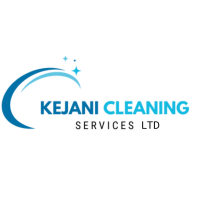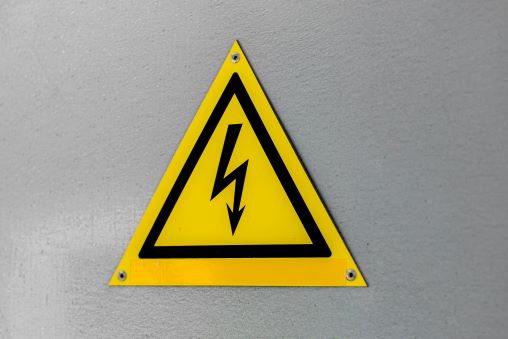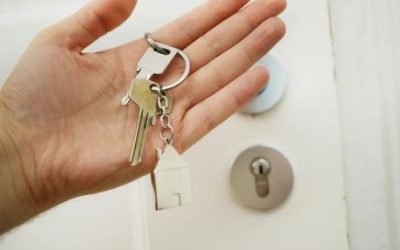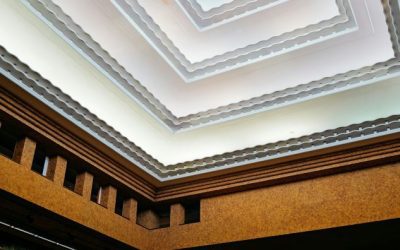Post-construction cleaning is not just about removing dust and debris—it’s about navigating a space that may still pose serious safety risks, especially electrical hazards. From exposed wiring and unfinished power outlets to wet conditions near active circuits, cleaners are often the first to interact with a building’s electrical systems after construction ends.
This is why understanding electrical safety during post-construction cleaning is not optional—it’s critical. Whether you’re cleaning a residential home, commercial building, hospital, school, or warehouse in Kenya, ensuring the safety of your team and equipment from electrical hazards is paramount.
Why Electrical Safety is Critical During Post-Construction Cleaning
Even after a building is “complete,” its electrical infrastructure may still be undergoing testing or installation. Cleaning teams can unintentionally expose themselves to live wires, sparks, or electrocution if basic safety protocols are not followed.
Common Electrical Hazards After Construction:
-
⚡ Exposed or unfinished wiring
-
⚡ Live outlets without proper covers
-
⚡ Wet surfaces near open circuits
-
⚡ Unlabeled circuit breakers
-
⚡ Misplaced extension cords or damaged tools
Top Electrical Safety Tips for Post-Construction Cleaning Crews
1. Conduct a Pre-Cleaning Safety Walkthrough
Before starting any cleaning tasks:
-
Inspect all rooms for exposed wires or open panels.
-
Ask site supervisors if electrical work is fully completed.
-
Confirm if all circuits are labeled and switched off.
If you’re unsure whether a circuit is live, do not proceed until it has been confirmed safe.
2. Use Only Insulated Cleaning Equipment
All cleaning tools (especially if metal) must have insulated handles. This includes:
-
Mops with insulated grips
-
Non-conductive extension poles
-
Cordless tools with protected casings
Avoid using metal ladders near electrical panels—opt for fiberglass or plastic ladders instead.
3. Avoid Water Near Electrical Points
Do not mop, spray, or wipe near:
-
Unfinished electrical outlets
-
Uncovered switchboards
-
Hanging wires
Use damp cloths instead of wet mops for areas close to these points.
4. Use Ground Fault Circuit Interrupters (GFCIs)
Any powered cleaning equipment—like vacuum cleaners or scrubbers—should be plugged into outlets equipped with GFCIs. These devices shut off power instantly if an electrical fault is detected, reducing shock risk.
5. Wear Electrical-Grade PPE
Ensure all staff members wear:
-
Rubber-soled safety boots
-
Electrical-insulated gloves
-
Non-conductive helmets or caps when needed
Clothing should be tight-fitting (to avoid getting caught in any open panels) and flame-retardant when possible.
6. Keep Extension Cords Away from Water and Traffic Areas
Many post-construction sites still lack full lighting, so crews often use temporary extension cords. Ensure:
-
Cords are rated for commercial use
-
Plugs are not near sinks or open windows
-
Cords are not run under carpets or through puddles
7. Ensure Proper Lighting Before Starting
Never clean a dimly lit area that may hide electrical hazards. Bring portable battery-powered LED lights if overhead lighting is not installed or functioning.
8. Follow Lockout/Tagout Procedures
If you’re working in a large facility like a warehouse, school, or hospital:
-
Ensure electrical panels are locked or tagged out before cleaning begins.
-
Do not flip breakers or touch panels unless you’re a certified electrician.
Coordinate with the contractor or building engineer.
Electrical Safety for Specific Building Types
🏠 Residential Homes
Often have partially installed sockets or incomplete lighting. Cleaners must check each room before plugging in tools.
🏢 Commercial Offices
May have server rooms, raised floors, and unfinished data wiring—never clean underneath raised floors without confirmation.
🏥 Hospitals
Contain high-voltage medical infrastructure. Cleaners should follow strict area restrictions and clean around powered medical beds or diagnostic equipment with extreme caution.
🏫 Schools and Libraries
Often have overhead projectors and desktop wiring. Make sure children’s zones are safe and tamper-proof before cleaning begins.
What to Do in Case of an Electrical Emergency
In the unfortunate event of an electrical incident:
-
Shut off power immediately (if safe).
-
Do not touch the victim if they are still in contact with the source.
-
Call emergency services (999 or 112).
-
Administer first aid or CPR if trained.
Always file a safety incident report after the event.
Kejani Cleaning Services: Your Safety-Focused Cleaning Partner
At Kejani Cleaning, safety is our foundation. All our staff are trained in:
-
Post-construction safety protocols
-
PPE use
-
Hazard identification
-
Working around electricity and water safely
We work with building contractors, developers, and facility managers to ensure zero incidents during our post-construction cleaning services across Kenya.
Our Safety Promise Includes:
-
🧤 Use of rubber-insulated equipment
-
🔌 GFCI-protected machinery
-
🦺 Safety gear for every team member
-
📋 Documented safety walkthroughs
-
⚡ No work near live power without clearance
Whether you’re building a new hotel in Nairobi, a school in Kisumu, or an office complex in Mombasa, we ensure the job is done safely, thoroughly, and professionally.
Book a Safe and Certified Cleaning Team Today
📞 Call: +254 115 887 085
🌐 Visit: kejanicleaning.co.ke
📧 Email: info@kejanicleaning.co.ke





0 Comments